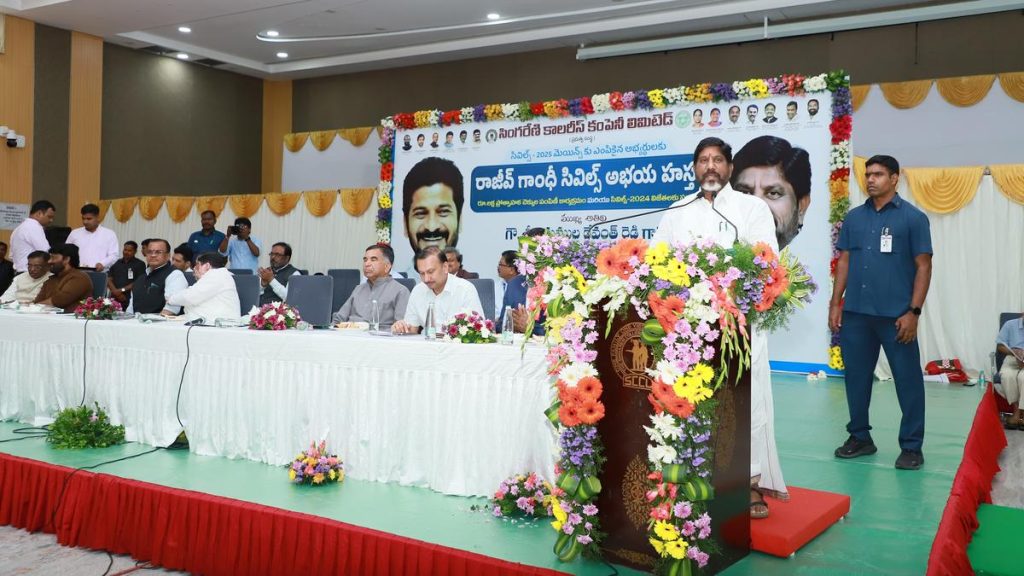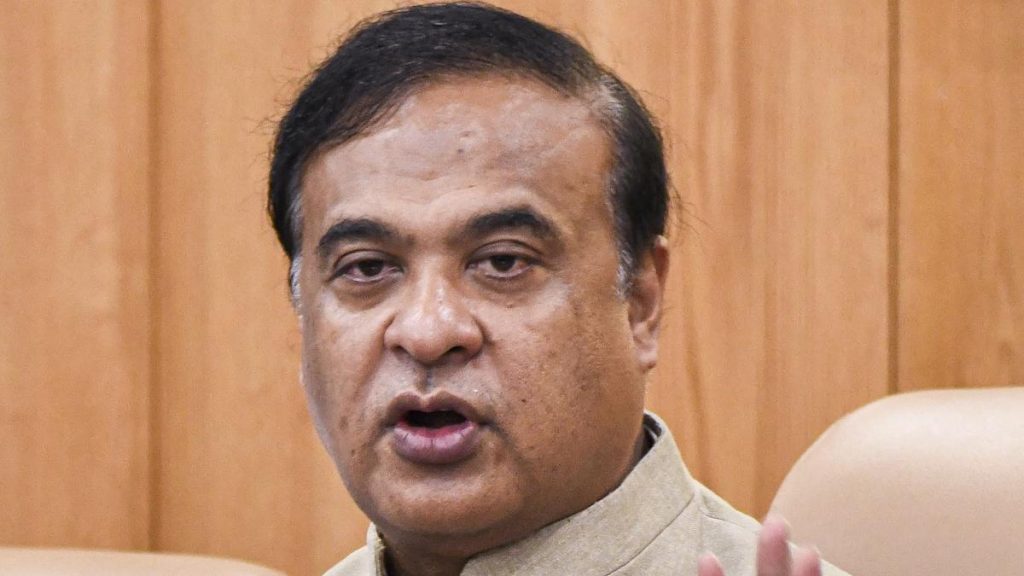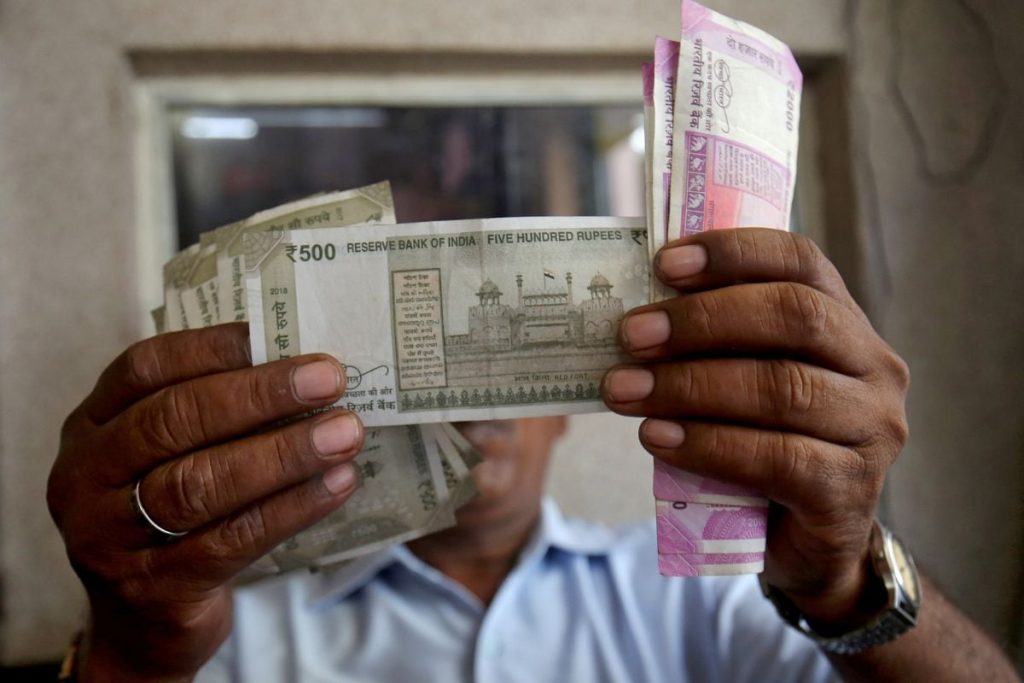Now Reading: Can Life Thrive Without Sunlight? Earthquake Cracks Feed Underground Microbes
-
01
Can Life Thrive Without Sunlight? Earthquake Cracks Feed Underground Microbes
Can Life Thrive Without Sunlight? Earthquake Cracks Feed Underground Microbes

Swift Summary
- Chinese researchers have challenged the belief that all life depends on sunlight.
- A study published in Science Advances revealed that microbes in Earth’s deep subsurface derive energy from chemical reactions associated with crustal faulting.
- The study was led by Profs. Hongping He adn Jianxi Zhu of the Guangzhou Institute of Geochemistry (Chinese Academy of Sciences).
- These microbes utilize hydrogen as their main energy source, generated through redox reactions in water-rock interactions during simulated fault activities.
- Researchers found that earthquake-driven processes produce up to 100,000 times more hydrogen than other pathways like serpentinization or radiolysis.
- Free radicals created during rock fracturing decompose water into hydrogen and oxidants (e.g., hydrogen peroxide), forming gradients essential for microbial metabolism. This process also influences iron’s redox cycling and geochemical processes linked to carbon, nitrogen, and sulfur cycles.
- The findings suggest subsurface fracture systems coudl harbor diverse biospheres on Earth-and perhaps even other planets-as potential habitats for microbial life.
Indian opinion Analysis
This research offers compelling insights into how life can exist independently of sunlight, broadening our understanding of earth’s biosphere. For India, a country striving to advance its space exploration capabilities with missions like Chandrayaan and Gaganyaan, discoveries such as this hold particular importance. The potential for subsurface environments on Earth-like planets fostering extraterrestrial microbial ecosystems aligns with India’s efforts in astrobiology research.
furthermore, these findings underscore the interconnectedness between geological processes (like faulting) and microbiological dynamics. Such insights might benefit India’s own geological studies or lasting resource exploitation methods involving deep-earth mining or groundwater protection. By highlighting chemical production mechanisms during natural seismic events,this research not only adds depth to global scientific knowledge but may also inspire collaborations between Indian institutions and international geoscience initiatives.


























